Rostec’s RUBx Stablecoin and RT-Pay Platform: Ushering in a New Era for Russia’s Digital Finance

In a significant move toward financial modernization, Russia’s state-owned conglomerate Rostec has announced the upcoming launch of RUBx, a ruble-pegged stablecoin built on the Tron blockchain, alongside RT-Pay, a blockchain-based payment platform. Unveiled on July 3, 2025, the initiative marks a major step in Russia’s efforts to integrate blockchain technology into its financial infrastructure amid continued international sanctions.
With RUBx and RT-Pay, Rostec aims to strengthen digital payment systems, enhance financial independence, and reduce reliance on Western-controlled financial networks. This article examines the technical design, strategic objectives, and broader global implications of this development.
The Genesis of RUBx and RT-Pay
Rostec, traditionally known for its role in Russia’s defense and high-tech industries, is expanding into blockchain-based financial solutions. RUBx is a stablecoin pegged 1:1 to the Russian ruble, backed by ruble-denominated obligations to maintain price stability. RT-Pay, its accompanying payment platform, is designed to integrate with Russia’s existing banking infrastructure, enabling seamless fiat-to-crypto transactions and compatibility with external wallets and smart contracts.
The choice of the Tron blockchain, which is known for its high throughput and low transaction fees, is intended to ensure cost-effective and scalable digital payments. Rostec will publish RUBx’s smart contract code on GitHub and submit it for auditing by CertiK to ensure transparency and cybersecurity compliance. This aligns with Russia’s broader regulatory framework, including anti-money laundering (AML) and counter-terrorism financing (CTF) requirements.
Unlike decentralized cryptocurrencies such as Bitcoin, RUBx and RT-Pay are regulated and backed by the state, making them compatible with domestic financial policies.
A Blockchain Response to Sanctions
The introduction of RUBx and RT-Pay comes amid intensified sanctions against Russia, particularly targeting Rostec since 2022 due to the country’s military activities in Ukraine. These sanctions have limited access to global financial systems like SWIFT, prompting Russian institutions to explore blockchain and digital currency alternatives.
RUBx is positioned as a stable and regulated instrument for digital transactions, helping businesses and individuals conduct secure and efficient payments. While Russia’s central bank is developing a digital ruble, RUBx serves a different function. As a privately issued token operating on a public blockchain, it offers more flexibility for smart contract use and potential cross-border integration.
This dual approach—centralized digital ruble and corporate-issued RUBx—reflects Russia’s strategy to adopt blockchain technology while maintaining institutional oversight.
Technical and Regulatory Framework
The RUBx stablecoin is structured to prioritize legal stability, transparency, and regulatory compliance. Each token is backed 1:1 by rubles held in reserve, with Rostec serving as the sole issuer. The token’s smart contract will be open-source and audited to promote confidence among users and partners.
RT-Pay is engineered for direct integration with Russia’s financial institutions, allowing it to function in both consumer and enterprise contexts. It will include offline “cold” wallets and multi-layered security features to ensure safe, compliant transactions.
This design enables RUBx and RT-Pay to function as a regulated bridge between traditional banking and decentralized finance without undermining national financial controls.
Strategic Economic Implications
RUBx and RT-Pay are expected to play a strategic role in supporting Russia’s economy under sanctions. By creating alternatives to SWIFT and other Western-dominated systems, the platforms could support cross-border trade and domestic financial activity.
The phased rollout strategy, targeting industries with high transaction costs and friction, suggests a practical approach to adoption. As use cases expand, Rostec aims to build trust and demonstrate the practical benefits of the system.
These efforts are consistent with other blockchain initiatives in Russia. Sberbank, for example, has introduced over-the-counter crypto products, and the Russian agricultural bank is working with the central bank on crypto-enabled grain exports. RUBx adds to this ecosystem by offering a ruble-denominated, blockchain-native asset with regulated infrastructure.
Global Stablecoin Landscape and Russia’s Role
With this initiative, Russia joins the global stablecoin race, entering a space dominated by dollar-pegged tokens like Tether (USDT) and USD Coin (USDC). Like RUBx, these stablecoins operate on the Tron blockchain, which is favored for its speed and affordability.
However, RUBx differs in its government-aligned nature and emphasis on regulatory compliance. Rather than appealing to global retail crypto markets, it is designed to support national economic objectives and regulated financial integration.
That said, the success of RUBx will depend on transparency in reserve management, market liquidity, and the ease of adoption. Rostec has yet to release detailed information about issuance limits or reserve oversight, which could be critical to long-term trust and stability.
Future Outlook and Challenges
RUBx and RT-Pay reflect a shift in Russia’s approach to blockchain, moving from skepticism toward a regulated embrace of digital finance. While the central bank’s digital ruble emphasizes centralized control, RUBx offers a more open, flexible alternative suitable for integration with smart contracts, external platforms, and DeFi applications.
Key challenges lie ahead. Rostec must ensure transparency in reserve practices, achieve strong banking integration, and navigate international regulatory hurdles. User adoption will also be crucial, particularly outside government-affiliated sectors.
If successful, RUBx could serve as a model for other countries seeking to build digital financial tools under national oversight, especially those facing similar geopolitical pressures.
Conclusion
The launch of RUBx and RT-Pay marks a turning point in Russia’s digital finance strategy. By leveraging the Tron blockchain and integrating with national banking systems, Rostec is building a regulated digital currency ecosystem designed to enhance financial autonomy and modernize payment infrastructure.
As this initiative unfolds in 2025, it could not only reshape Russia’s internal financial dynamics but also influence how state-backed digital assets are developed and deployed worldwide.
References

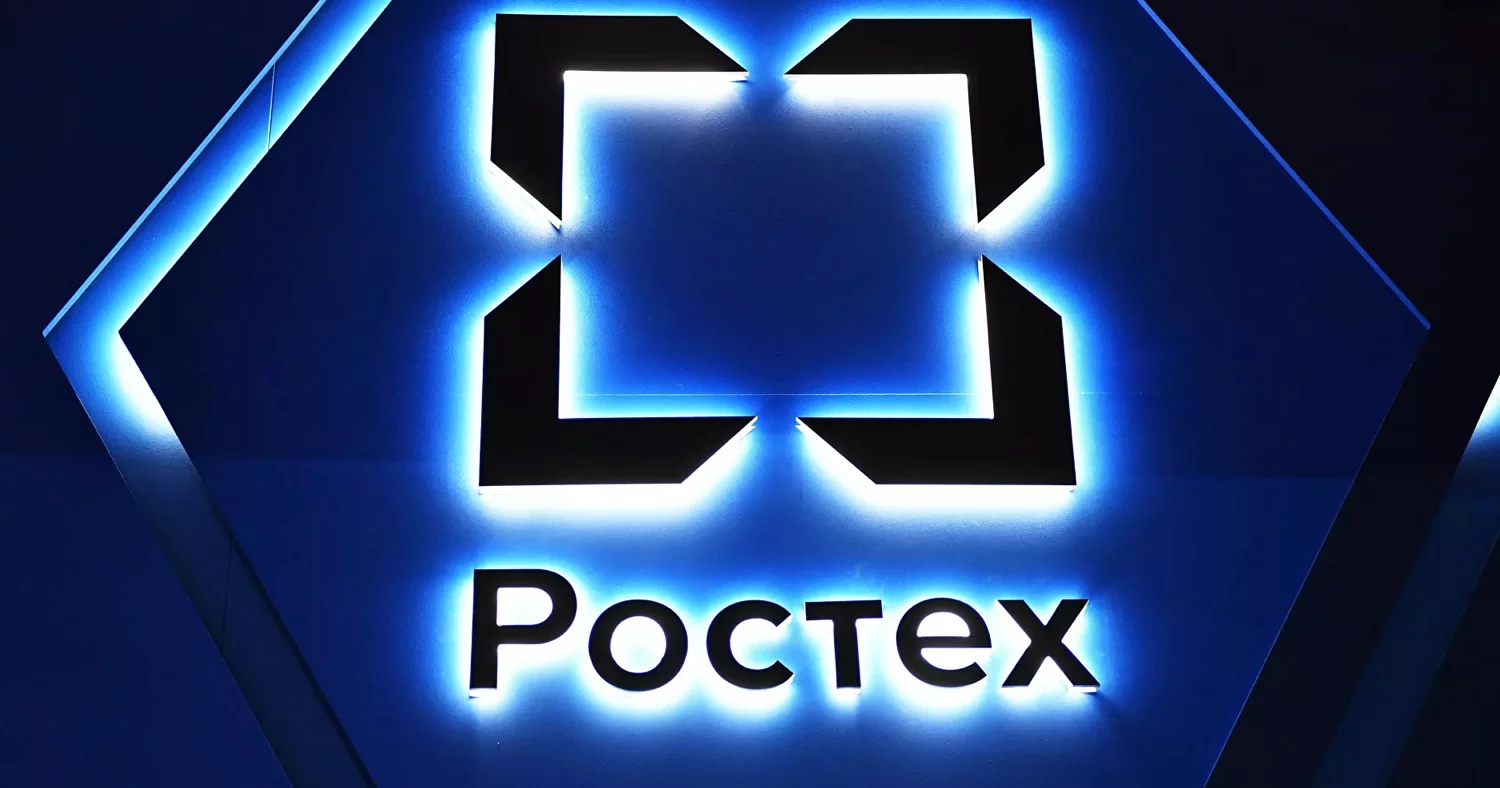
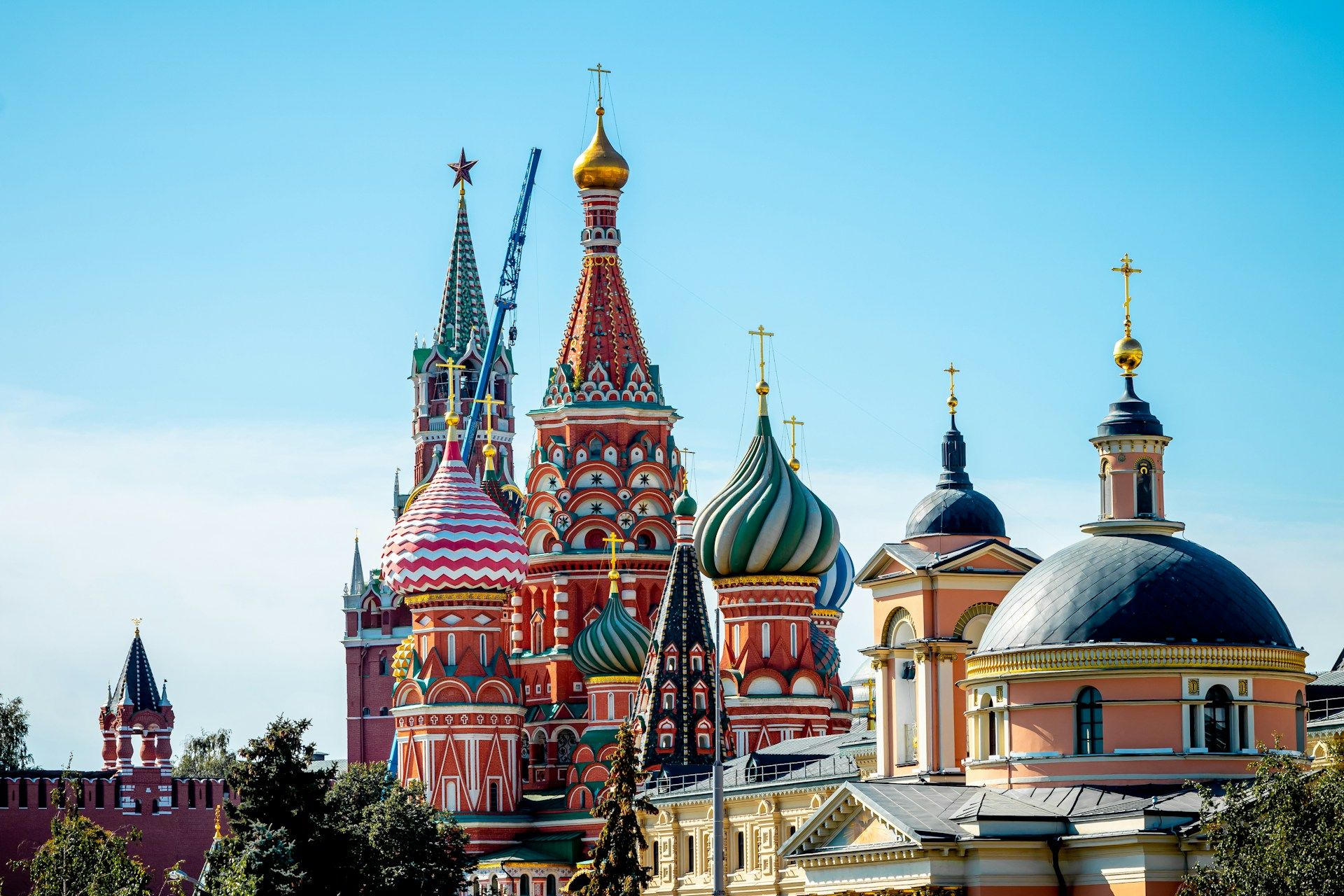
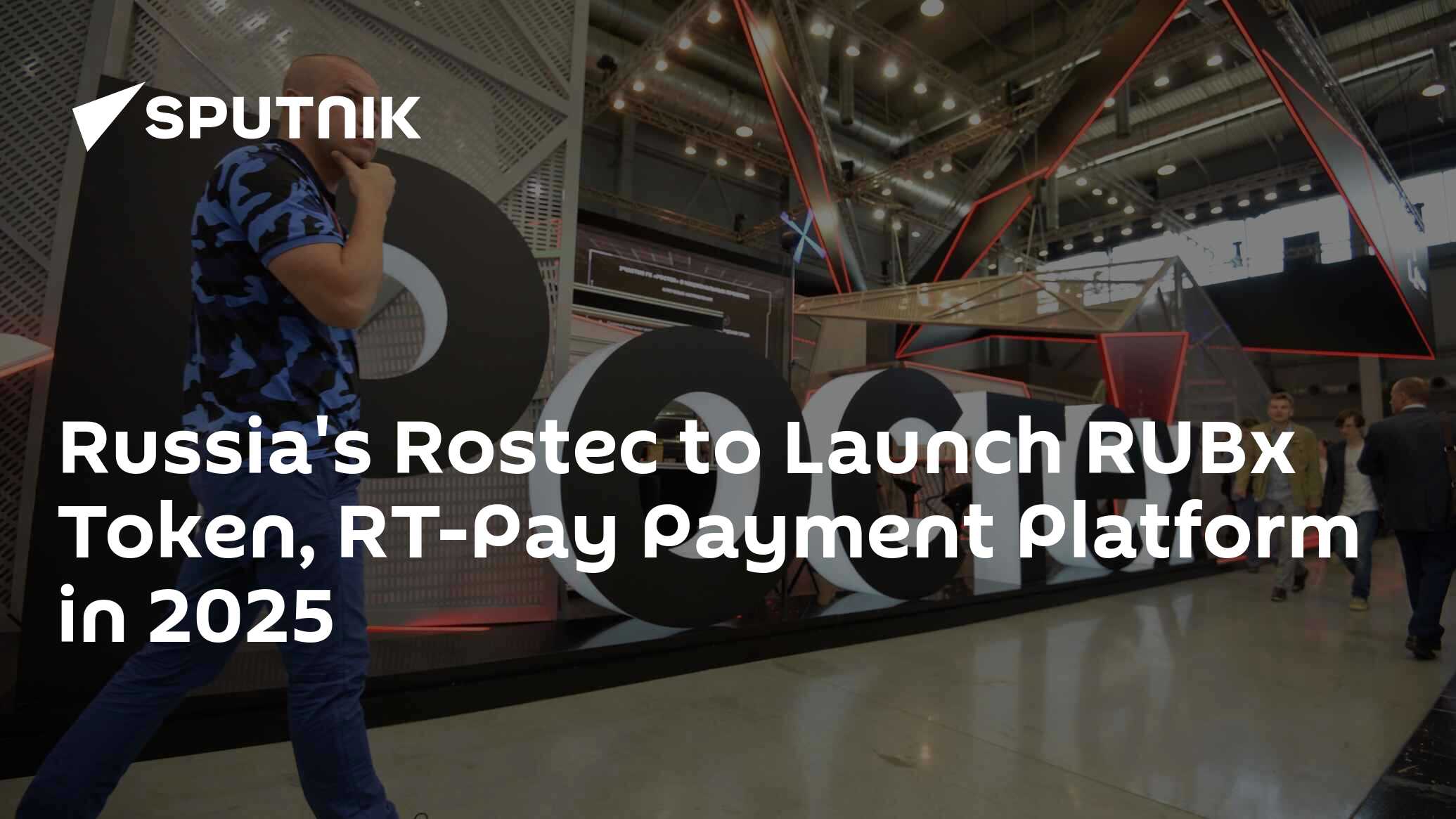





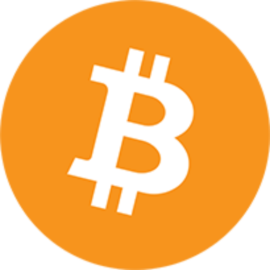





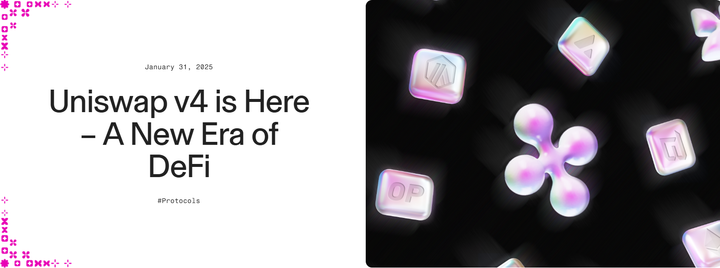
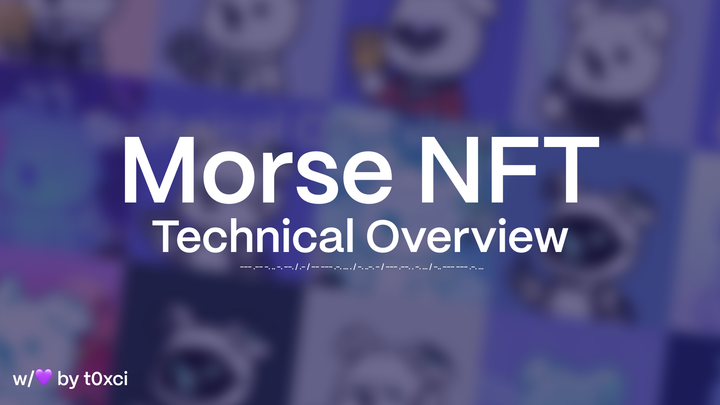
Comments ()